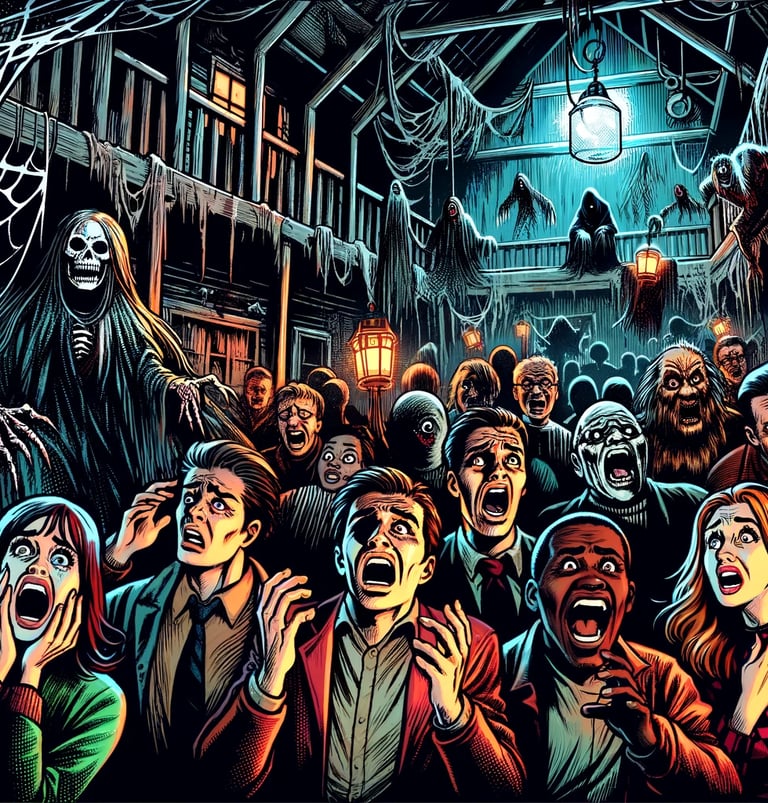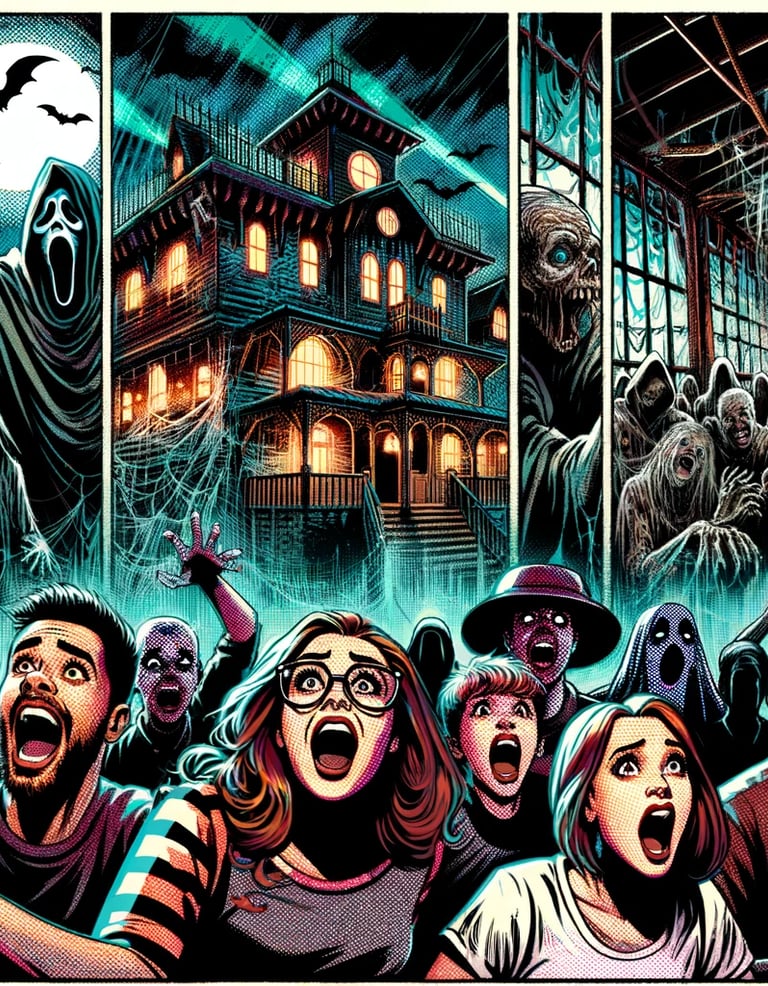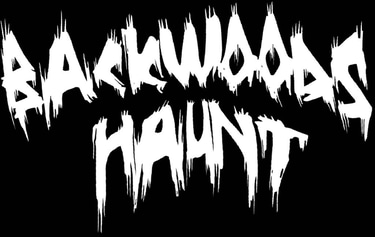
The Thrill of Fear
BackWoods Haunt
1/14/20242 min read


My post content
Why We Love Haunted Houses and Haunt Attractions
At the heart of every scream in a haunted house, in every quickened pulse at a haunt attraction, lies a complex web of psychology. It's a paradox that has fascinated us for generations: why do we seek out experiences that are designed to scare us? Why do we pay to walk through the darkened corridors of Backwoods Haunt, eagerly anticipating the next shock, the next moment of terror?
The Science of Scare: A Rush of Adrenaline
The answer begins with our biology. When we're scared, our bodies react in a way that's as old as humanity itself. Our hearts pound, our breathing quickens, and adrenaline courses through our veins. This is the "fight or flight" response, a primal mechanism that prepares us to face danger. But in the safe environment of a haunted house, this surge of adrenaline and subsequent release of endorphins and dopamine can be exhilarating. It's the same reason people love roller coasters or extreme sports.
Controlled Environment: Safe Scares
A key factor in the appeal of haunted houses and haunt attractions like Backwoods Haunt is the understanding that these fears are in a controlled, safe environment. We can experience the thrill of fear, the suspense of the unknown, without any real danger. This controlled setting allows us to confront our fears, understand them, and even enjoy them. It's a way of playing with the concept of fear, of turning it from something to avoid into something to seek out.
The Social Aspect: Sharing the Scare
Fear also has a social component. Experiencing a haunted house with friends or family can be a bonding experience. We share screams, laughter, and the relief that comes after a good scare. It's a communal experience, one that can bring people closer together. In a way, haunted houses and haunt attractions like Backwoods Haunt are modern-day campfires, where we gather to tell stories and share experiences that stir our most primal emotions.
The Appeal of the Unknown
Another aspect of the psychology of fear is the human fascination with the unknown. Haunted houses are meticulously designed to play on this intrigue. They take us out of our comfort zones and into a world of mystery and suspense. We're drawn to these experiences because they challenge our understanding of the world, they push the boundaries of what we believe is possible. It's a journey into the unknown, and for many, that in itself is thrilling.
Catharsis: Facing Our Fears
Lastly, there's a cathartic aspect to being scared in a controlled environment. It can be a way of facing our fears in a setting where we know we're safe. For some, this can be a deeply therapeutic experience. After walking through the twisted corridors of Backwoods Haunt, the monsters in our closets and under our beds seem a little less terrifying.
In conclusion, the psychology behind why we enjoy being scared is multi-faceted. It's a mix of biological response, the safety of a controlled environment, social bonding, fascination with the unknown, and catharsis. Haunted houses and haunt attractions tap into these aspects, offering us a unique way to explore the
edges of fear and excitement. So next time you step into the shadowy realm of a haunt like Backwoods Haunt, remember: the thrill you feel is part of a deep, intricate dance with our most primal emotions, a dance that has been a part of the human experience since time immemorial.




